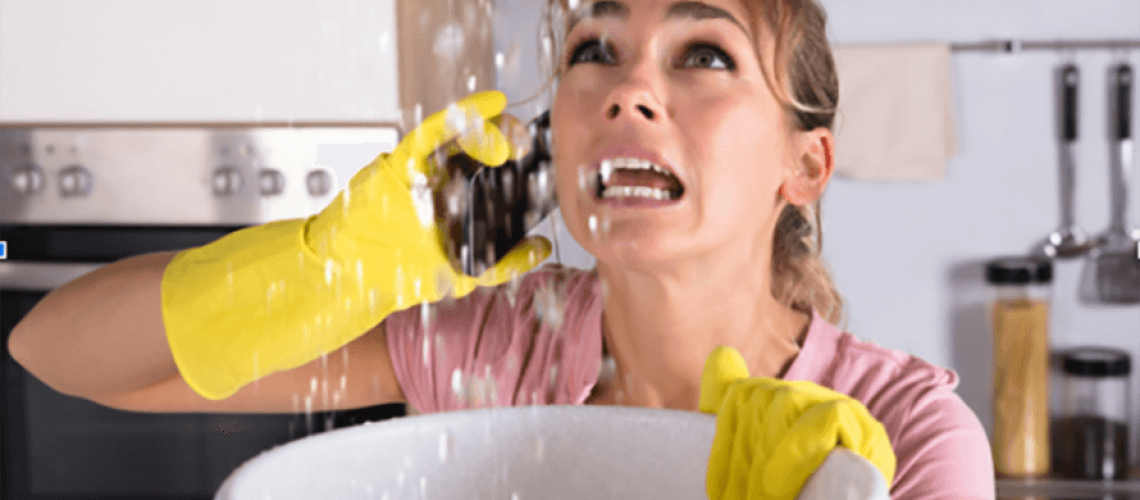Guide To Water Leak Detection In Your Home
Guide To Water Leak Detection In Your Home
Blog Article
The article author is making a number of great points regarding Hacks to detect leaks in general in this great article down the page.

Early detection of leaking water lines can minimize a possible catastrophe. Apart from conserving you cash, it will minimize the irritation and stress. The moment you find a leakage, calling your plumber for repair work is the best remedy. Some tiny water leakages might not be visible. If you can not detect it with your nude eyes, here are some hacks that aid.
1. Take A Look At the Water Meter
Checking it is a proven method that helps you uncover leakages. If it moves, that indicates a fast-moving leak. This implies you might have a slow-moving leak that can also be underground.
2. Examine Water Intake
Assess your water bills and also track your water consumption. As the one paying it, you should notice if there are any disparities. If you spot sudden changes, regardless of your usage coinciding, it implies that you have leaks in your plumbing system. Bear in mind, your water costs must drop under the exact same array monthly. An abrupt spike in your costs shows a fast-moving leak.
A constant rise every month, also with the same habits, shows you have a slow leakage that's additionally gradually intensifying. Call a plumber to completely examine your residential or commercial property, particularly if you feel a warm area on your flooring with piping below.
3. Do a Food Coloring Examination
When it involves water intake, 30% comes from bathrooms. Test to see if they are running effectively. Decline specks of food shade in the storage tank and also wait 10 minutes. There's a leakage between the container and dish if the color in some way infiltrates your dish during that time without flushing.
4. Asses Outside Lines
Don't forget to examine your exterior water lines too. Examination spigots by connecting a garden hose. Should water seep out of the link, you have a loose rubber gasket. Replace this and also make certain all connections are tight. If you have actually obtained a sprinkler system, it will aid get it skillfully took a look at and also kept every year. One tiny leak can lose tons of water and surge your water bill.
5. Examine the circumstance and also check
Homeowners ought to make it a routine to inspect under the sink counters and even inside closets for any kind of bad odor or mold and mildew growth. These two warnings show a leak so punctual focus is needed. Doing routine assessments, also bi-annually, can conserve you from a significant issue.
If you recognize your residence is currently old, keep a watchful eye on your heating systems, tubes, pipelines etc. Look for stainings and also deteriorating as many devices as well as pipes have a life span. They will also naturally weaken as a result of tear and wear. Do not wait for it to intensify if you presume dripping water lines in your plumbing system. Call a professional plumber as soon as possible so you don't end up with a dreadful mess in your house.
Early detection of dripping water lines can alleviate a possible calamity. Some small water leakages may not be visible. Examining it is a guaranteed way that helps you uncover leaks. One little leakage can squander tons of water as well as increase your water expense.
If you suspect dripping water lines in your plumbing system, do not wait for it to escalate.
WARNING SIGNS OF WATER LEAKAGE BEHIND THE WALL
PERSISTENT MUSTY ODORS
As water slowly drips from a leaky pipe inside the wall, flooring and sheetrock stay damp and develop an odor similar to wet cardboard. It generates a musty smell that can help you find hidden leaks.
MOLD IN UNUSUAL AREAS
Mold usually grows in wet areas like kitchens, baths and laundry rooms. If you spot the stuff on walls or baseboards in other rooms of the house, it’s a good indicator of undetected water leaks.
STAINS THAT GROW
When mold thrives around a leaky pipe, it sometimes takes hold on the inside surface of the affected wall. A growing stain on otherwise clean sheetrock is often your sign of a hidden plumbing problem.
PEELING OR BUBBLING WALLPAPER / PAINT
This clue is easy to miss in rooms that don’t get much use. When you see wallpaper separating along seams or paint bubbling or flaking off the wall, blame sheetrock that stays wet because of an undetected leak.
BUCKLED CEILINGS AND STAINED FLOORS
If ceilings or floors in bathrooms, kitchens or laundry areas develop structural problems, don’t rule out constant damp inside the walls. Wet sheetrock can affect adjacent framing, flooring and ceilings.
https://www.servicemasterbyzaba.com/blog/how-to-detect-water-leakage-in-walls/

I hope you liked our article on Detecting hidden plumbing leaks. Thanks so much for taking a few minutes to read through our piece. Make sure you take the opportunity to share this page if you appreciated it. Thank you so much for taking the time to read it.
Report this page